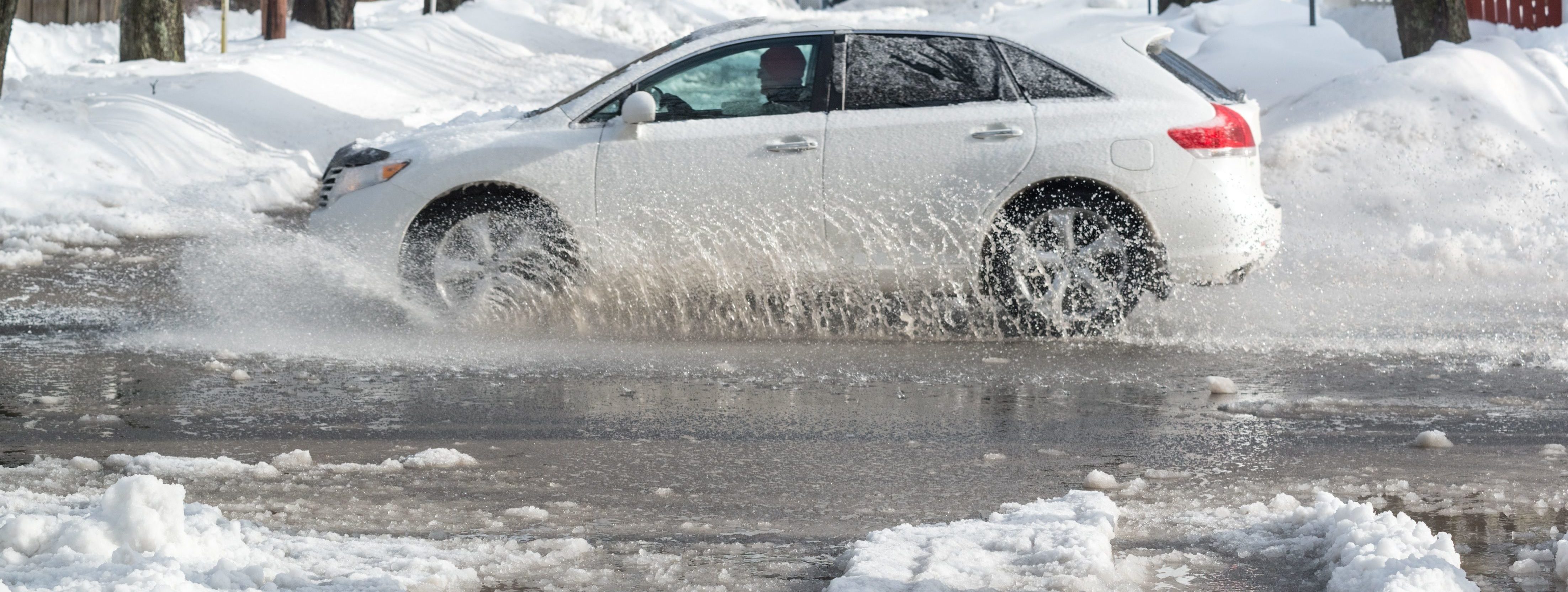The winter storm that hit Ontario, Quebec, New Brunswick, and Nova Scotia in March 2019 caused over $124 million in insured damage, according to Catastrophe Indices and Quantification Inc. (CatIQ).*
Flood warnings were issued across Ontario in advance of heavy rain that began mid-morning on March 14. The storm hit northwestern Ontario and spread east through Ontario and southern Quebec. Rain continued in eastern Ontario and southern Quebec on the evening of March 15, and ended early on March 16, changing to light flurries in Quebec.
“As a society, we have to adapt to this changing climate that’s resulting in an increase of extreme weather events. Canadians need to understand the financial and physical risks they and their families are exposed to,” said Pierre Babinsky, director of communications and public affairs at IBC. “Better building codes, increased risk awareness, and infrastructure improvements are all needed to make our communities more resilient. Homeowners will also benefit from a better knowledge of what they can do in and around their homes to protect against the wrath of Mother Nature.”
On March 15, the storm brought rain to southern and central New Brunswick, and then to western and northern Nova Scotia. The rain became drizzle by evening and lasted into mid-morning on March 16. Halifax Airport reported 80 km/h wind gusts. Heavy rain in Nova Scotia amounted to between 15 and 60 mm in various parts of the province.
Throughout Ontario, Quebec, and Atlantic Canada there were reports of water-related damage and flooding due to heavy rain and mild temperatures that led to snowmelt and ice jams. Damage included basement leaks and sewer backups. Insured damage is estimated at $53 million in Ontario, $63 million in Quebec, $1.8 million in New Brunswick, and $6.6 million in Nova Scotia.
“With climate change, we’re seeing extreme storms that involve floods and severe wind more frequently, and they are hitting with greater intensity,” said Amanda Dean, vice-president of IBC. “The insured damage from these storms is just part of the equation; the economic cost to homeowners and governments also needs to be factored into the total cost to society. Consumers need to take precautions and secure their property to minimize potential damage. It’s key to know what’s covered before catastrophe strikes.”
It is not only insurers that pay the bill for severe weather damage. For every dollar that insurers pay out for home and business insurance claims, IBC estimates that the government pays out $3 to recover the public infrastructure that is damaged by severe weather.
*CatIQ estimated the amount of insured damage under licence to IBC.









